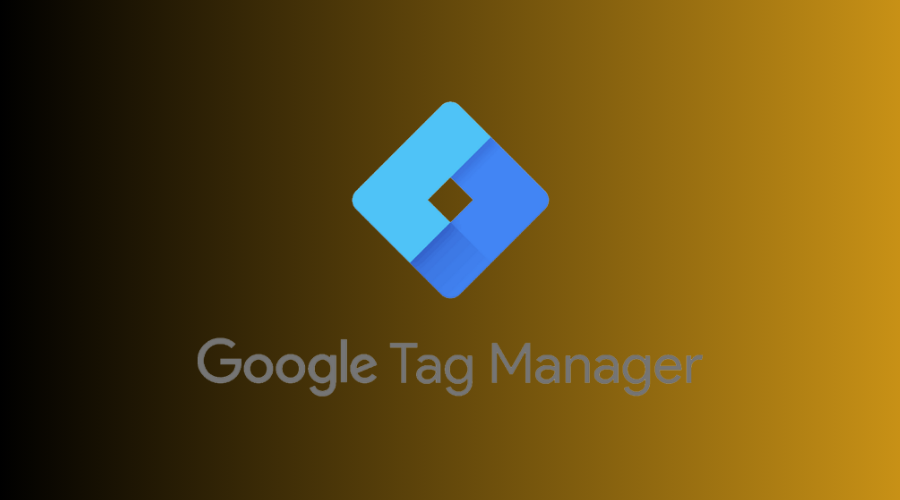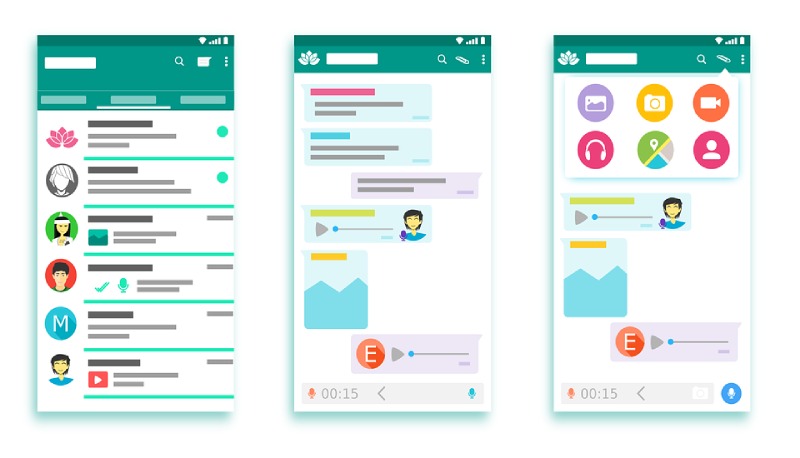
This Is Why Messaging Apps Are Essential For Businesses
Today’s technology allows people to connect with others faster than ever before. The internet and mobile devices affect people’s lives so much that people do everything online. Businesses use online platforms to create websites and online stores, and startups utilize the power of social media to achieve crowd funding goals.
As the numbers show, mobile usage is constantly increasing. With this immense growth, business owners need to keep track of the latest trends. Yesterday it was Google Ads. Today, it’s messaging apps. Growing a successful business demands clear and quick communication with your customers, who should be the main focus.
They’re the ones who keep your business on a profitable path. What’s more, today’s customers know how essential they are to businesses, and that’s why they’re looking for excellent and immediate service. Messaging apps can help in more ways than one.
Provide Better User Experience
Ideally, customers will spend some time browsing the store and checking out products. During the customer journey, prospects navigate the website and may face issues or want to ask questions.
Many business owners utilize standard chatbots and expensive live chat platforms, believing that can help with customer retention. Unfortunately, they’re wrong. The results of the latest research done in 2021 show that 21% of companies fail to respond to live chat requests. The average response is close to three minutes, which can frustrate customers.
This is where messaging apps can help. These platforms already have built-in chatbots that are easy to set up. Companies can create automated messages or hire live agents to answer various inquiries. Messaging apps can also serve to help users find products or book a session.
Another benefit is that there’s no need to ask a customer to register on another platform that you’ll use to message them. Brands can easily migrate from former live chat platforms and implement messaging apps faster, providing an excellent customer experience.
Allow Instant Notifications On Events
Since everyone is already using messaging apps, the chances are that existing customers will open a message about a product update. On the other hand, sending a product update is simple and can be automated.
Product updates aren’t the only way to draw customers’ attention. You can use giveaways to prompt users to sign up for email newsletters or share information about your brand on their social media. Giveaways and events like product launches or the start of a discount can also be done through the messaging app.
Businesses can also use messaging apps to notify their users as soon as their issues are resolved. This makes customers feel appreciated and can increase retention.
Boost Brand Awareness Through Emoticons
Emoticons and stickers became another way for people to communicate how they feel. Therefore, you can increase brand awareness by creating custom emoticons. They can be used on multiple platforms and shared across all channels.
These are primarily suitable for Facebook Messenger, Viber, and WhatsApp, but are now expanding to other platforms. The key to keeping customers interested in your brand is to create fun emoticons and stickers that reflect what your brand is about.
Help Deliver Content
One of the methods to gain more regular customers is an email subscription. However, businesses can use messaging apps to send the same content they would normally send via emails. Since messaging apps have higher opening rates, the chance that the customer will see a notification, open the message, and react is higher.
This directly leads to more sales and increased ROI. Just like email, content delivery can be automated for easier management. Customers can be divided into groups, and each group can receive specific content.
Allow For Quick, Personalized Campaigns
It’s been a while since marketing methods have expanded into the online world. Now, most marketing plans must include messaging apps. Users are already there, everyone knows how the interface works, and all marketers should do is create engaging campaigns.
These marketing campaigns can revolve around discounts, coupon codes, product launches and should be created with the app in mind. With Facebook, for example, brands can also promote their products and prompt users to send a message to learn more.
What’s even better, such marketing can be highly personalized. Users won’t mind communicating if the campaign is interesting enough, and personalized messages always make people feel appreciated.
Can Help Survey Customers
To run a successful business, owners must focus on proper market research. There are many ways to explore whether the potential audience will love what the company has to offer, and one of them includes surveys on messaging apps.
You can use various bots to create and connect surveys with apps like Facebook Messenger or WhatsApp. You can send the link to the survey on another platform or create interactive surveys to engage respondents. Apart from direct feedback, this is the best way to learn what your customers want to see and experience with your brand.
Let Users Give Real-Time Feedback
There’s nothing that can prevent a customer from complaining, and messaging apps might seem counterintuitive to use in this case. However, there’s an underlying benefit. When a customer complains in real-time, their complaints can be dealt with instantly.
Aside from the quick complaint, customers can also provide solutions to unknown problems. This helps the business solve technical issues faster. Broken links, missing product descriptions, and unsuccessful transactions happen.
With messaging apps, businesses can find out about these issues more quickly. Companies of all sizes can also directly ask for feedback from the customer. This establishes trust between a brand and a customer, making them feel more valued and needed.
Enable Faster Payment
Just like customer support can instantly become available through a messaging app, payments are accessible as well. Facebook Messenger, WeChat, and other apps started allowing users to carry out business transactions in the app itself.
This is a great way to merge mobile wallets and messaging apps and allow customers to shop and pay faster than ever before. Transactions are more accessible, and payments are more efficient.
Customers will no longer need to be redirected to another page to reach checkout. This also helps with customer retention and branding. Customers get to stay on the same page and look for more products. They will certainly remember that seamless shopping experience.
Improve Customer Support
Companies in the US alone are losing trillions of dollars because of poor customer support. Live chat doesn’t cut it anymore, but messaging apps can help. For starters, messaging apps already have a solid user base.
People use Facebook Messenger, WhatsApp, WeChat, and they know the interface. They’re comfortable being there. If the business they love is there as well, that’s a bonus. People know they can rely on quick communication.
Another aspect to consider, apart from just using the app, is that customers love great support. Messaging apps make it easy for customers to reach out. They don’t need to log in on another unfamiliar platform. Both the customer support representative and the customer are there, and the interaction can go smoothly.
Utilize The Power Of AR And VR
Augmented and virtual reality became the latest trends in many industries. People are starting to explore new product testing methods, and AR and VR can increase engagement and sales.
Even though these trends are still in development, some companies began using available tools to promote their products. Companies like Oculus joined Facebook to explore Social VR.
Facebook Messenger started supporting 360 videos a few years ago, which means you can now send immersive videos to your shoppers. You can also use Messenger Stories to showcase your products in an AR setting. Explore the power of 3D photos, adapt to the newest ways of increasing engagement, and spread the word about your business.
Can Be Used For Internal Communication
Even though it’s not the most recommended thing to do, some businesses use specific messaging platforms for internal communication. This keeps teams regularly updated on assignments. Employees can instantly communicate with one another and quickly solve problems.
Messaging apps are handy for remote workers. They can network and share ideas, give feedback, and build the community. With appropriate policies and their implementation, messaging apps can create a safe environment for employees and positively impact business growth.
The Best Messaging Apps To Use
You’re probably wondering how to select the best messaging app for your business. There are so many to choose from, and there’s no doubt you’ll find the most suitable app for your brand. These are the benefits of the most popular messaging apps at the moment.
Facebook Messenger
Facebook has 1.3 billion people on its Messenger app, so chances are your potential audience is already there. You can run Facebook ads and prompt customers to message you. With Messenger, you can provide direct communication with your brand.
Facebook is making it easy for people to connect with your business. All you have to do is get informed about how to build a strong presence. Later, you can run ads on the platform, utilize tools like mobile stories, and retarget the audience.
WhatsApp For Business
WhatsApp offers simple messaging options; it’s free to download and suitable for small businesses. With it, you can connect with your customers, highlight products and services, and use special tools to automate messaging.
You can create a business profile that helps your customers find out more about your location, business description, website, and ways to reach out to you. WhatsApp can also work like a chatbot, with default responses when you’re not available to chat.
Slack
Slack is more than just a business communication tool. It can help build communities for B2B-oriented companies. It’s a well-known platform, and many are already using it daily. You can use it to build a community where potential and existing partners can reach out.
Its interface is a bit more complicated than WhatsApp’s, but still user-friendly enough. You can divide conversations, create various channels, and still enjoy one-on-one chat sessions. Slack also has multiple apps you can use to improve the experience of your community members.
Kik
This app is relatively new on the market, so you can expect to find younger generations using it. 70% of Kik users are aged 13–24, and if your products are intended for this age group, you’ll find this platform beneficial.
Handling communication on Kik is done through Quiq. It has a great UI, designed for employees and customers alike. You can use bots to automate messages and snippets to respond faster and share rich content.
Snapchat
If your target audience is millennials, this is the perfect app for raising brand awareness. The best way to use Snapchat for business is to find the right influencer. The right person who can promote your brand to their active audience can boost interaction on the platform.
Snapchat also offers various marketing tools. For example, Sponsored Lenses are for influencers and allow them to change their image with your business content. Sponsored Geofilters help users find your promotions in specific locations.
Summary
With the increased use of mobile devices and the internet, people are getting used to chatting with others at any moment. The same goes for B2B and B2C relationships. Customers are aware that companies depend on them now more than ever, and they want to feel appreciated.
Luckily, successful businesses are good at paying attention. What they noticed is that people love reaching out through messaging apps.
Diving deep into the benefits of messaging apps, business owners figured out how they could improve ROI. There’s no need to wander, looking for the perfect chatbot to use on the official website. You can use existing chatbots in the messaging apps to speed up the processes and point customers to where you want them to go.
Messaging apps also improve customer support, help deliver content, boost brand awareness, and speed up payments. Some platforms also let you explore the power of augmented reality and present your products in a fun way.
Some of the best messaging platforms to use are Facebook Messenger, WhatsApp, and Snapchat, and the choice depends on your target audience and brand. There’s a perfect messaging app for each business, regardless of its size, that can provide various benefits and become an essential method of communication with customers.
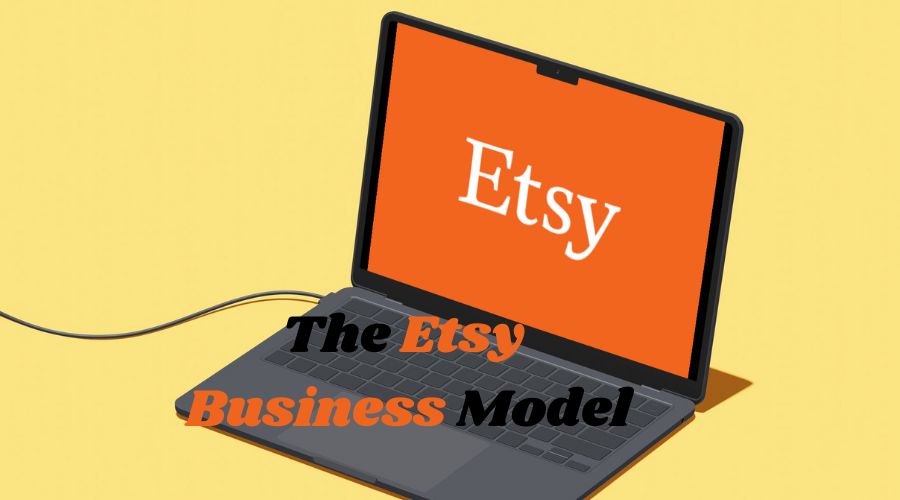
The Etsy Business Model: How Does Etsy Make Money?
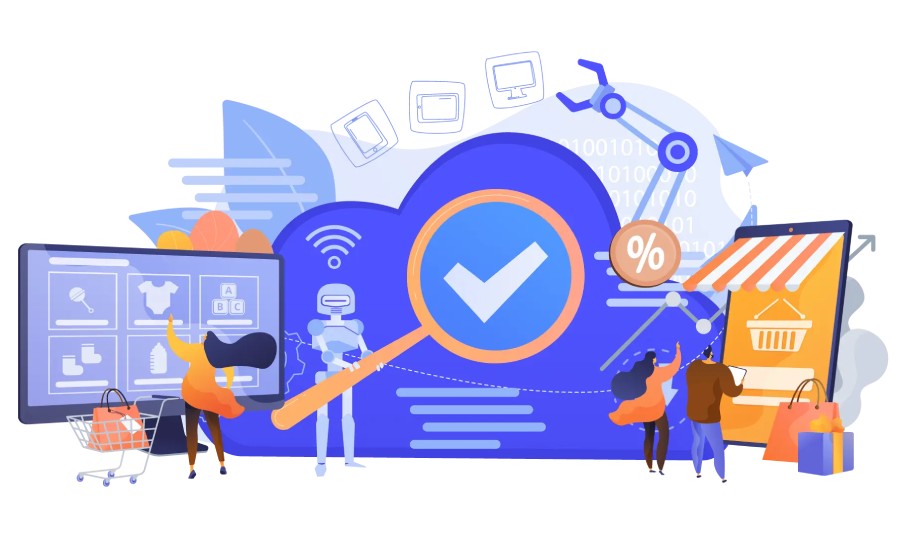
How eCommerce Solutions Are Revolutionizing the Way We Do Business?

How to Protect Your Personal Data Online

6 Tips for Being a Successful Fleet Manager
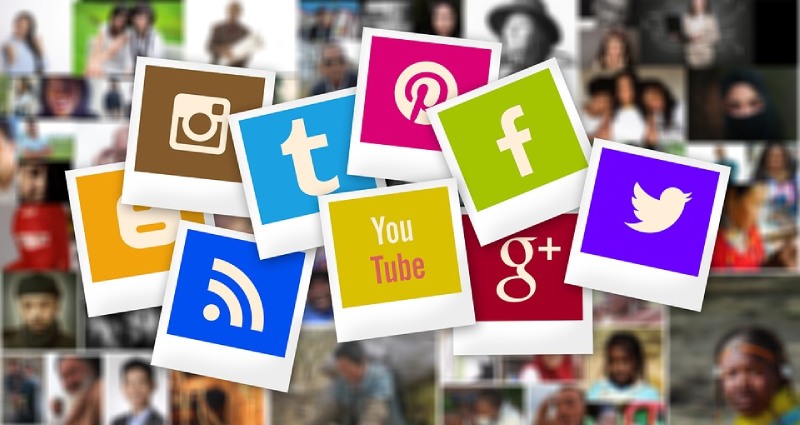
How Should you Analyse Competitors Social Media Strategies

